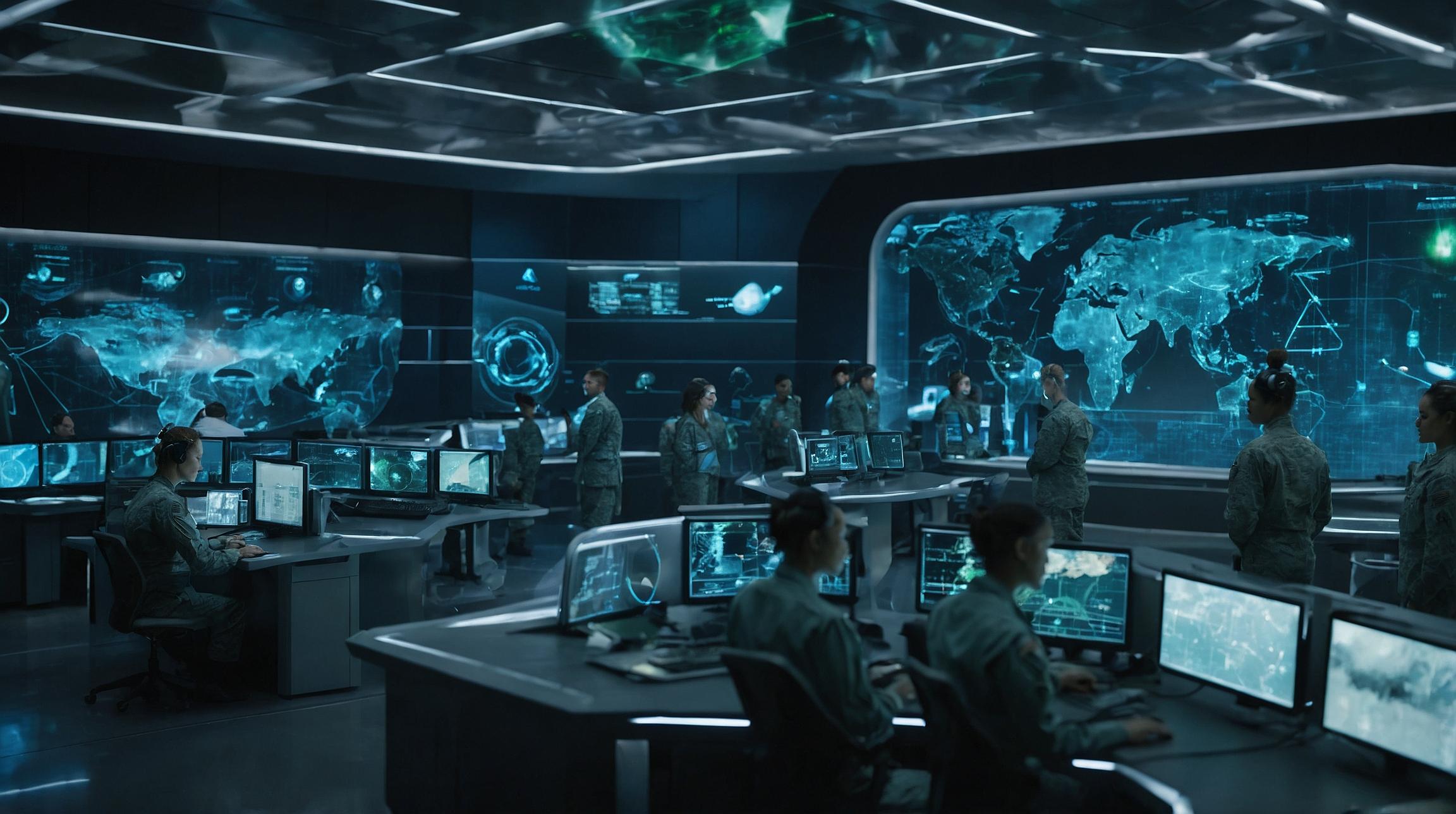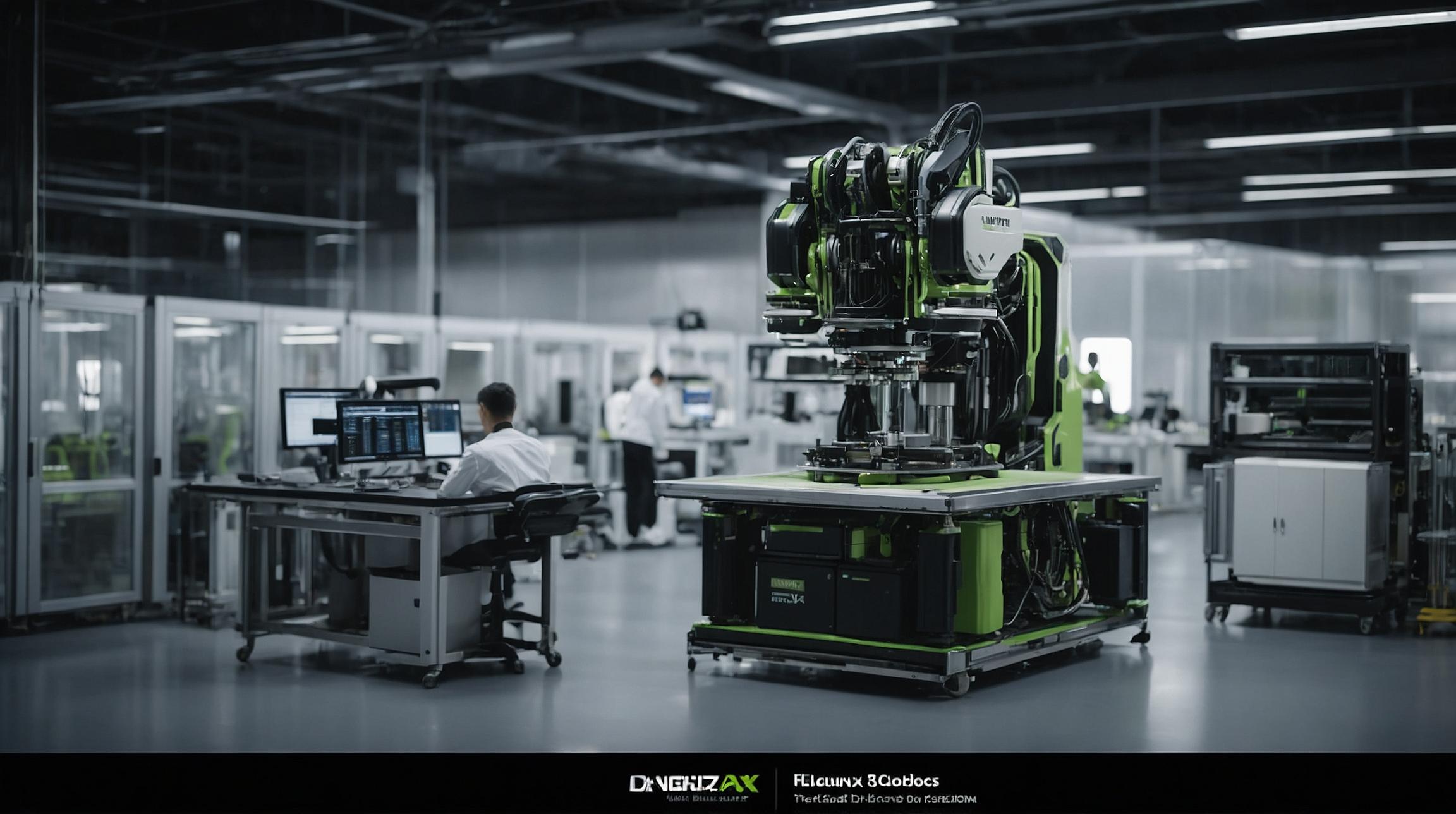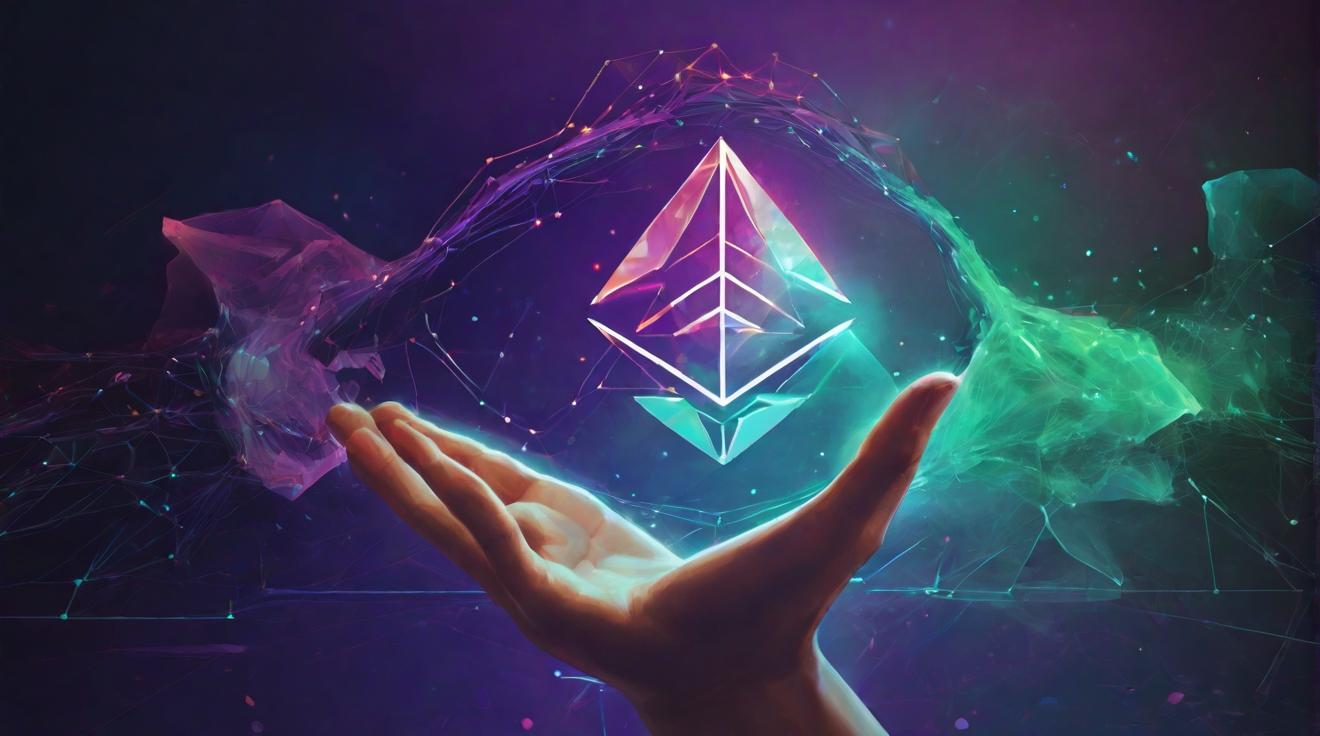Books written over the last decade that will help you educate yourself about the basics of AI.
For perfectly understandable reasons, the issue of Artificial Intelligence (AI) has spawned a great many newspaper and magazine articles of late — AI, after all, will almost certainly impact our lives and our jobs in a big way over the next few decades. However, when it comes to technological matters, with great power comes great responsibility. We ought to use words and phrases like ‘Artificial Intelligence’ and ‘Language-Learning Models’ in their correct contexts, and not interchangeably. We ought to learn the basics of the issue and only then conjecture about potential impacts.
Here’s a list of books written over the last decade that will help you educate yourself about the basics of AI. With this list, my objective isn’t necessarily to bring you the “best of the best”— this list aims, instead, to bring you strong and expertise-driven texts that are often in disagreement with each other. With a politically contentious issue like AI, it is all the more important that readers access a wide range of views and then make up their own minds. Therefore, No. 3 on this list disagrees vehemently with No. 1 and No. 2, while No. 4 and No. 5 are in conversation with all of them, taking a more-or-less neutral stance on their conclusions. My advice would be to read them all, keep reading more experts in the field and develop your own point of view.
Superintelligence: Paths, Dangers, Strategies by Nick Bostrom
This 2014 book by philosopher Nick Bostrom takes what some might consider a slightly alarmist point of view. It describes what it sees as the endgame in the development of AI-based systems — a god-like ‘superintelligence’ capable of developing its own goals and its own view of what the planet should look like.
According to Bostrom, this new ‘machinic worldview’ will almost certainly bring about the end of humanity as we know it.
Where Superintelligence becomes a must-read is in its discussion of the ‘AI control problem’ or what is typically called ‘AI alignment’ by experts. Basically, this is the problem of aligning the objectives of any AI-based system with the larger, shared goals of humanity.
Think of it as a safety valve or kill-switch that can prevent a machine from going ‘rogue’, a la Frankenstein’s monster. How do you train AI systems to mimic human behaviours, attitudes and methodologies? Are certain kinds of pedagogy inherently more suited to AI-training than others? Bostrom’s book is great on questions like these and also on looking at the ‘big picture issues’ vis-à-vis AI.
Human Compatible by Stuart J Russell
This 2019 book, written by one of the field’s pre-eminent scholars, focuses on the aforementioned ‘AI alignment’ problem — hence the title, which refers to the process of making an AI system useful in the pragmatic, everyday sense. Russell’s core argument is that because of ever-growing economic pressure, AI-based systems will advance at a rapid pace. And eventually, the sprint towards extreme efficiency will push AI-based systems towards the ‘superintelligence’ that Bostrom and others fear. According to Russell, the starting points of this downwards economic pressure can already be seen in products like self-driving cars and AI personal assistants.
Artificial Intelligence: A Guide for Thinking Humans by Melanie Mitchell
Santa Fe Institute professor Melanie Mitchell wrote this extremely popular and well-received generalist’s handbook in 2019. Mitchell’s accessible style and well-chosen analogies make this an agreeable book to follow, especially if you are not the most tech-savvy person in your family. Significantly, Mitchell criticises what she sees as the alarmist point-of-view of Nick Bostrom and Stuart Russell’s books. She quotes her mentor, the world-famous physicist Douglas Hofstadter, to demonstrate that an AI-based system cannot have both limitless speed and limitless thinking capabilities — the two functions ‘cancel each other out’ in her view. Hofstadter once said, “There’s no way you can load numbers into your own neurons to add up your grocery bill. There’s no reason it should not be the same for an intelligent program.” What Hofstadter and Mitchell mean is that the intelligent, thoughtful, discerning part of our minds are necessarily ‘decoupled’ from the part that guides speed and fast-acting twitch muscles. It’s a smart framework to assess the capabilities and limitations of AI, and the rest of Mitchell’s book builds upon this.
Artificial Intelligence: A Modern Approach by Stuart J Russell and Peter Norvig
Originally published in the mid-’90s, this extraordinarily popular undergraduate textbook got a major upgrade in 2020, with a heavily revised new edition and multimedia extensions online. Don’t be put off by its textbook status—this is very much intended for a generic undergraduate audience, not merely techies or computer science students. For example, the book uses easily-followed ‘pseudo code’ (intuitive/self-explanatory descriptions of an algorithm) instead of hardcore Java/Python/Scala codes — specialists can access the book’s website if they seek those language-specific codes.
This is arguably the field’s Bible, and it’s generally neutral about the ‘net gain or net loss?’ question often asked around AI.
Life 3.0: Being Human in the Age of Artificial Intelligence by Max Tegmark
Tegmark is possibly the most interesting and original thinker on this list, an MIT cosmologist whose writings on technology and futurism have made him a popular figure online and amidst students in the field. Tegmark begins with an intriguing premise: that life as we know it is divided into three stages, with ‘3.0’ involving technologies based on ‘artificial general intelligence’ or AGI, a hypothetical, autonomously intelligent entity that can accomplish every single task ever accomplished by human beings.
There are two principal strengths to this book. One, Tegmark is a brilliant historian of technology and is able to make connections across eras—how is AI, for example, related to the ‘chess-playing automaton’ of a few centuries ago? How do chess-playing supercomputers work and where exactly do they lie on the evolutionary chart of AI? Two, Tegmark refuses to take sides on the idea of AI-pessimism. He is more concerned with mapping what a post-AGI landscape might look like and in this context his book is an unqualified triumph.
Analyst comment
Positive news. The market for books on AI education will likely see increased demand as individuals seek to educate themselves on the basics of AI and its potential impacts. This can lead to growth in the publishing industry and increased interest in AI-related topics.













